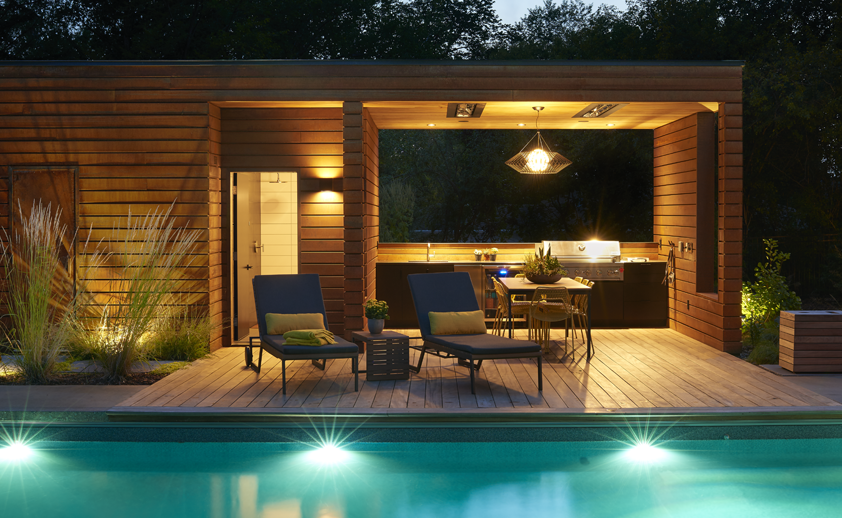
Featured in Atomic Ranch, Dwell, Arch Daily and The Contemporist, Strand Design’s David Strand and his design partner David McKay have received a fair share of press for their distinctive synthesis of modern minimalist style and classic Midwestern agrarian structure. The Minneapolis, MN-based firm is also well regarded for their focus on environmental sustainability.
Both partners come from a construction background and began their career as architects, thus their work for Strand Design gives equal heft to solid design/build construction and architectural appeal. We spoke to them about about how they achieve their instantly recognizable design aesthetic, how sustainability plays into their designs, and why they choose Infratech heaters to keep homeowners cozy in cool Northern climates.
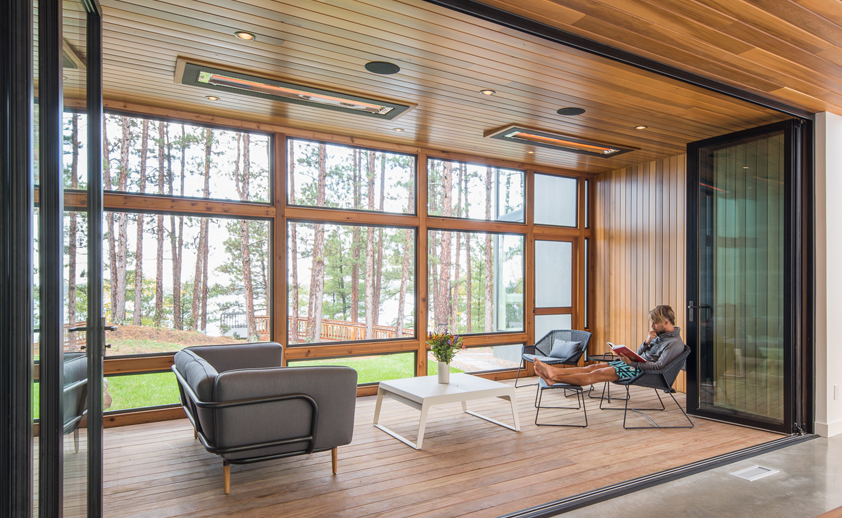
How would you describe your firm’s design aesthetic and style?
Very client-oriented. We focus on creating buildable, efficient structures with a personal design element. We all have a thorough understanding of construction which sets us apart from many other firms.
I would describe our aesthetic as agrarian Minnesotan vernacular fused with Scandinavian modern. Many of our projects are an ode to the agrarian days — sort of a minimalist Midwest ranch approach. On the other hand, our aesthetic is also very modern.
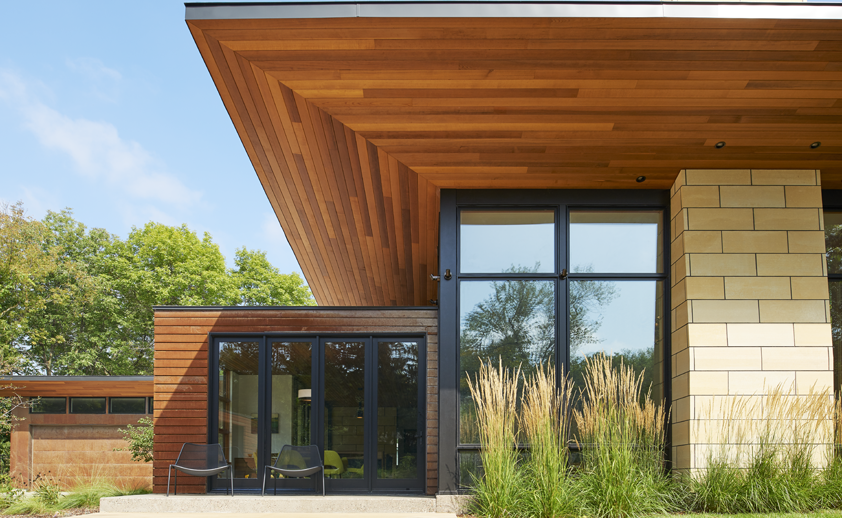
What project(s) do you feel best exemplify and embody your firm’s overall design style?
I feel that both the Northern Lake Home and Theodore Ranch projects best exemplify our design style.
The Northern Lake Home is a vacation home in the Northwoods of Minnesota and is very tailored towards clean design. We selected the furnishings for this home and chose the specific site and location based upon how it interacts with the adjacent trails and landscape. Instead of the traditional Midwestern basement, we went with the slab on grade. This home was very much engineered and designed with the clients’ needs and lifestyle in mind. We even selected the furnishings for this project. The clients were in their mid-thirties.
Theodore Ranch is another project that truly exemplifies and embodies our design style. It was designed to be the clients’ summer home. The home has a very mid-century feel and is a sort of year around Minnesota oasis. The goal here was to create a residence that the residents would be drawn to be at and not want to run away from for a northern cabin in the summer or to a tropical destination every time winter approaches.
Why do you focus on sustainability?
We think about how we can source materials that will both endure and ultimately be cost-efficient. We’re thinking beyond the conventional modular building styles of many sustainable designers and considering things like wall structures and their energy values. It even comes down to the roofing materials — using a material like metal which is cost-effective, complements the regional climate and withstands our regional elements such as pine needles and snow. For the Northern Lake Home, we had to consider the fact that the tenants might only inhabit this structure for six months out of the year. Moreover, we’re very focused on specifying natural material and materials that lend to a warm inviting feel.
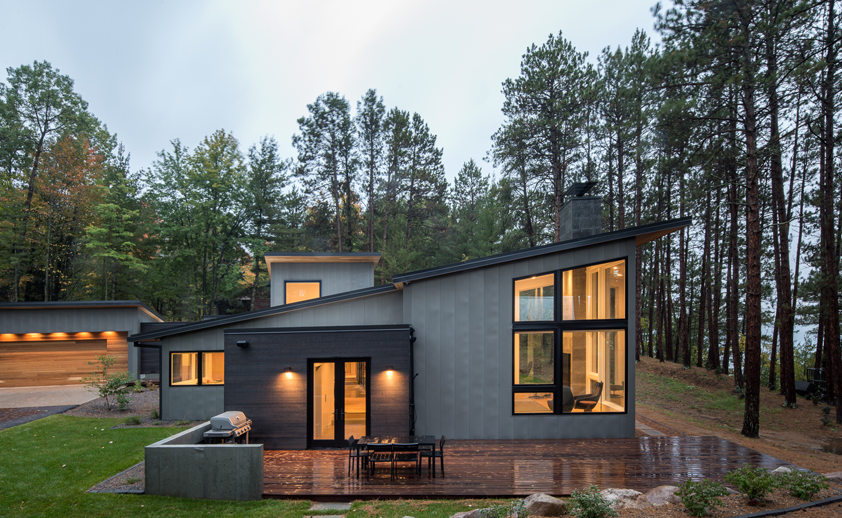 What elements of design do you consider when designing and planning a new residence or commercial structure?
What elements of design do you consider when designing and planning a new residence or commercial structure?
We think about spaces, light, volumes. It’s fascinating just how sensitive to light positions and views people are. We focus on opening up our designs to specific views and considering how to catch the best light at specific times of the day.
I think it’s important to have an open mind and not be so programmatic in your process. We enter the design and planning process with the goal of making the most of the specific geography, climate, client personality, etc. and let these forces help guide and dictate our work.
Where do you see your firm headed in the future in terms of design style?
Design-wise, I see us becoming a little more bold, a little more modern and (paradoxically) a bit more classic. I see us continuing to grow by embracing new leading-edge concepts of sustainability.
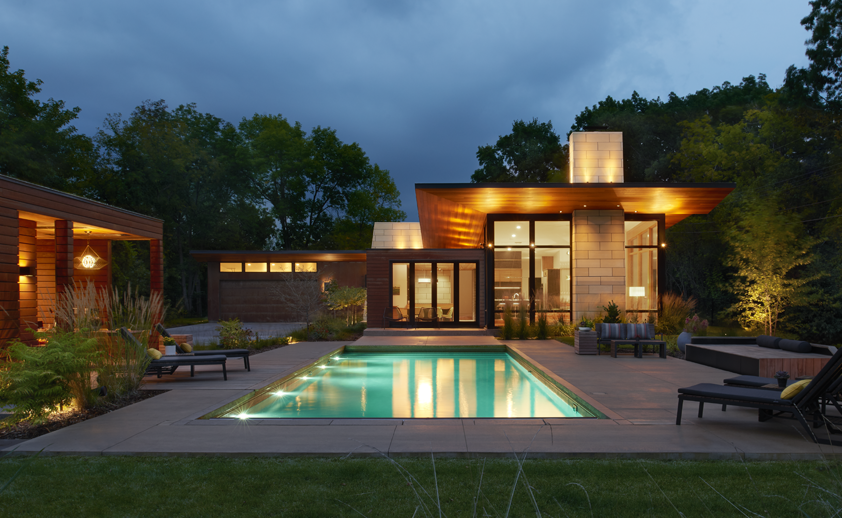
When and why did you specify Infratech heaters in your work?
We specified Infratech for both the Theodore Ranch and Northern Lake Home residence due to similar sensibilities. For the Theodore Ranch residence, we did everything ourselves from the architectural design and construction to the interior cabinetry and even the steel siding, which was a six month process in itself. Theodore Ranch was a serious labor of love as we fretted over every single reveal and connection. We specified and implemented Infratech heaters for the pool house at Theodore Ranch.
We’re in Minnesota so it became a function of “now that we’ve created this amazing area, how do we extend the use of it beyond the summer months?” The only product that would allow us to incorporate the heating element and still maintain the reveals, recesses and essentially be able to tuck and conceal, was Infratech.
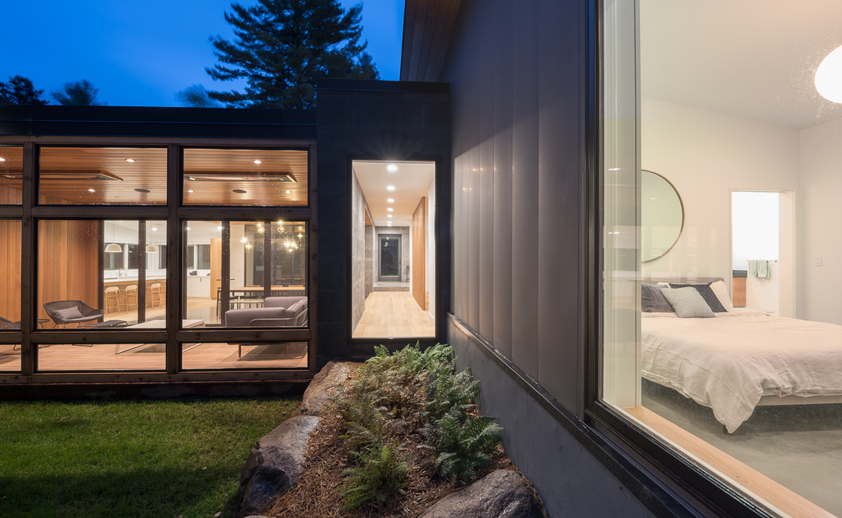
Where do you source your materials?
As I mentioned before, we are focused on sourcing and specifying sustainable materials. A lot of quote unquote sustainable structures that we’ve seen in Minnesota have been oversimplified in order to be able to meet one single demand, which we feel is a negative.
In a similar vein, some designers, architects and builders in Minnesota have skewed the term “sustainable” by using it to refer to the use of materials that are cheap, raw and environmentally sound, but don’t necessarily lend to longevity.
Our goal is to source and specify materials that we never have to touch again, that will last and maintain functionality for as long as the structure remains.
People in St. Paul, MN are much more interested in design than other cities in this state. With our background in construction, we’ve been able to fuse our design philosophies with a practical knowledge of the application of these materials.
